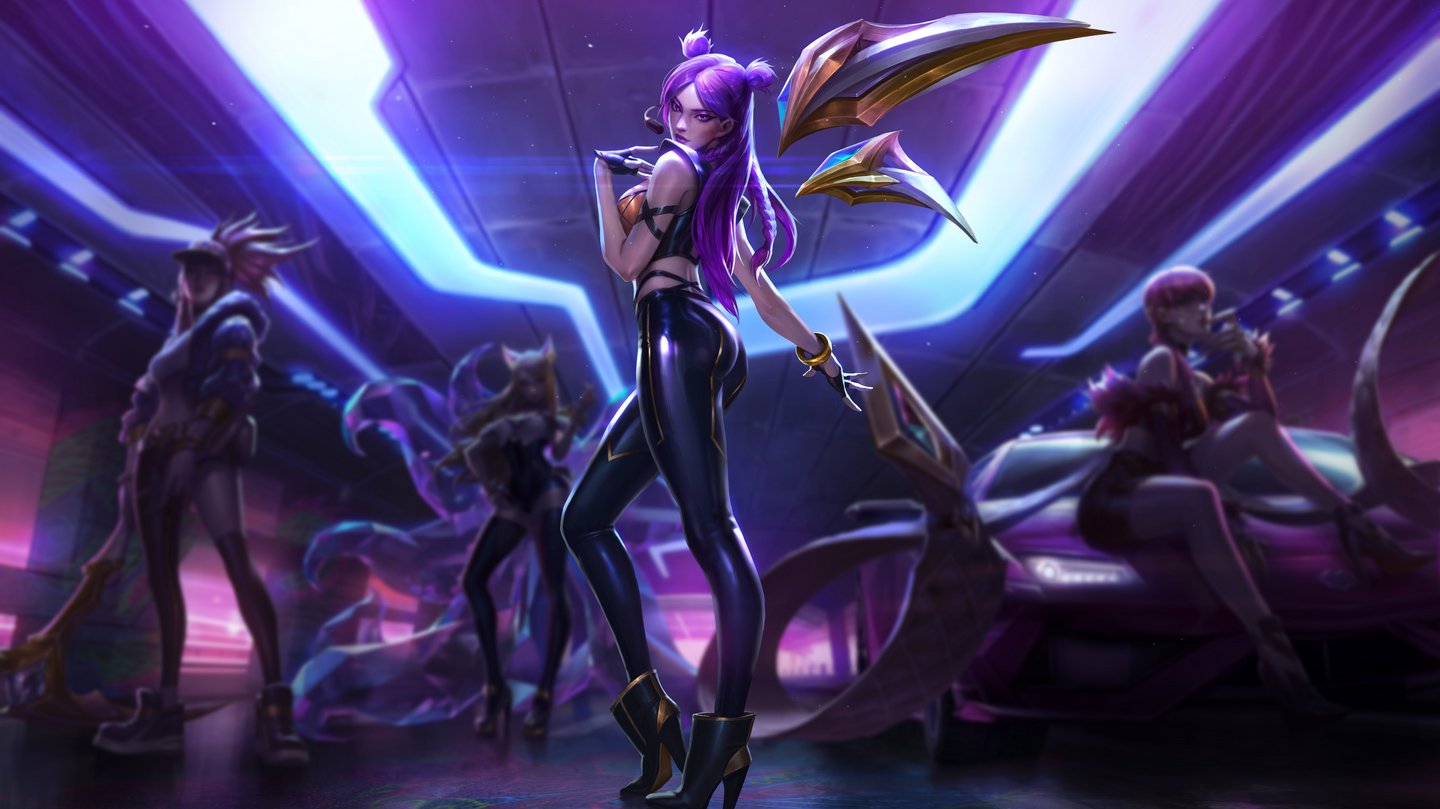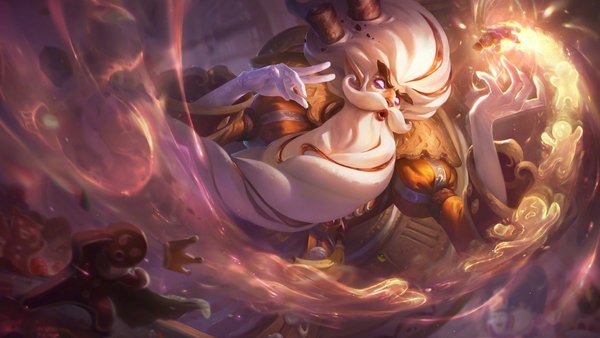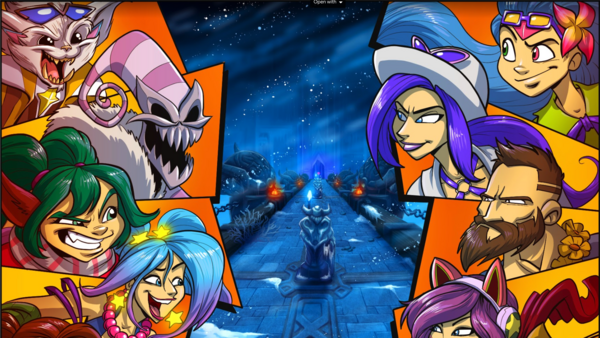Gaming is riding a massive wave, sitting on the edge of a global cultural breakthrough. Where the entertainment landscape of the 20th century was driven by linear media, the next century will be defined by interactive arts. And gaming is at the core. In some parts of the world, that has already been the case for some time. But globally, gaming is becoming its own culture, defined by a set of experiences shared by millions.
But it’s not that way for players everywhere just yet, and we want to make it a reality. One of the ways we think we can do that is through publishing.
Our vision in Worldwide Publishing (WWP) is that publishing advances player culture. It’s not just getting games into the hands of players: We want gaming to be a lifestyle choice for those who want it, lasting way beyond their last session. Gaming should form new traditions that people can look forward to time and time again. We want them to have a community.
The wave has been building for a while. But we won’t be happy to just watch it happen: We want to ride it to success with players.
Product Publishing: Creating Community
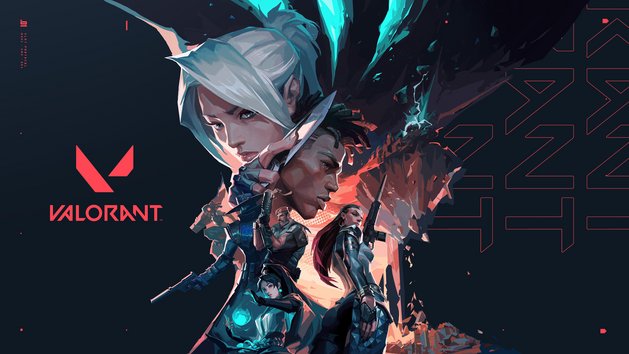
Because we publish in-house, we work hand-in-hand with the game development teams to build these shared moments for players. Whether it's a trailer or an in-person event, everything we do should be authentic to the game itself, its tone, and—most importantly—its community.
When we were preparing to launch VALORANT, our 5v5 character-based tactical shooter, we knew we wanted to foster a community around the game, but communities aren’t grown overnight. They’re based on relationships, which in turn are founded on trust. So we reached out to active tac shooter players across the world and asked about their issues with the games currently available and their hopes for what a new game could accomplish. The dev team took that feedback and tried their best to put it into VALORANT.
By the time VALORANT was ready to launch, this core group of players already had an opinion of Riot. They knew that we’d listen to their feedback and try to find common ground. That meant we had a relationship with the tac shooter crowd on the day the closed beta released, and we’ve expanded that relationship to cover all of VALORANT’s players ever since.
We can only advance player culture if we proactively reach out to people as early as we can, and as far as we can. We’ll only ever ask for trust, and the way we ask is by listening first.
Global Esports: Performance Art
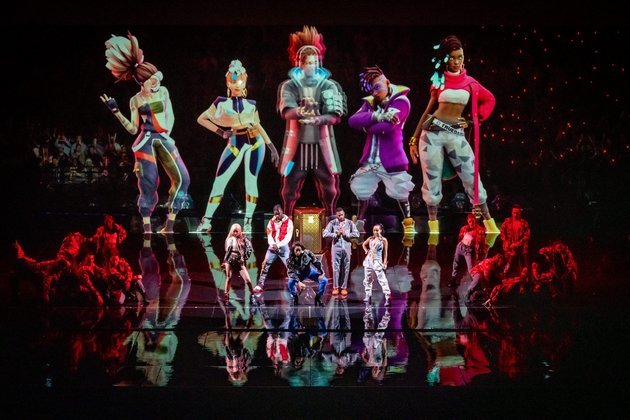
Even just a decade ago, esports only drew niche audiences. Today it routinely draws hundreds of thousands, sometimes even millions, of viewers. But sports culture is about much more than the competition.
We try to turn big matches into an event players will remember, with live musical performances, surprise visits from League champions, and the occasional dragon flyover in addition to the score and results. It’s a celebration of a shared passion, expressed through much more than just the game itself, and it’s something people remember together. Cultures are built when memories are shared, when an experience unites like-minded people long beyond its moment.
The opening ceremonies for the League of Legends World Championship Finals over the last few years have aspired to be more than just matches: We want them to be experiences. We’ve been releasing anthems since 2014, and recently have begun composing in-house music (sung by in-game champions) that are performed live on the Worlds stage. Our hope is that the events create memorable experiences before the first games even start.
We aren’t just trying to put on a good show. We want to create unforgettable moments for players who turn up or tune in.
Regional Footprint: Meet Players Where They Are
So how does a company that started in the U.S. speak authentically to players from different communities around the world? By empowering our regional offices to engage in the way they know will resonate with local players. These Rioters know how to create a shared moment that’s specific to their area, and they can also turn a global event into a regional celebration. That’s not a translation, that’s speaking natively.
We ran a global event around League’s tenth anniversary where we announced several new games (including VALORANT). Because the central event took place in Los Angeles, that meant the timing wouldn’t work for all players. Regional offices were empowered to run their own unique events so players could celebrate in a way that fit them.
The Japan office held an event themed as a traditional festival. Everything there combined a love of national culture with a love of League, from the “Poro Mart” that served League-inspired food to carnival games like a punching mat inspired by Vi, one of our fighter champs.
Several regions tried to serve a customized, local experience built around a single, global event. And that, at the end of the day, is what culture is all about: Embracing what we share through our differences.
Breaking the Wave
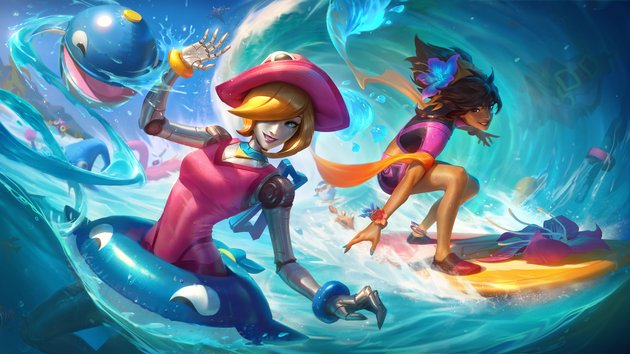
We think games drive conversations globally, whether they’re about music that tops charts, Worlds finals, or a recipe for Poro Snax. The more moments shared—and the more people that share them—the more the culture advances. That’s what publishing means for us. That’s the goal that drives each of us every day. That’s what’s going to break the wave.


Jin Oh
Jin Oh is the President of Worldwide Publishing at Riot, after stints as Riot’s Managing Director of International and the Country Manager of our South Korean office. Before that, he was Blizzard Entertainment’s Managing Director of Southeast Asia after he was the Managing Director of their South Korean office. While playing Riot’s new games, Jin also enjoys playing Switch games with his kids.
